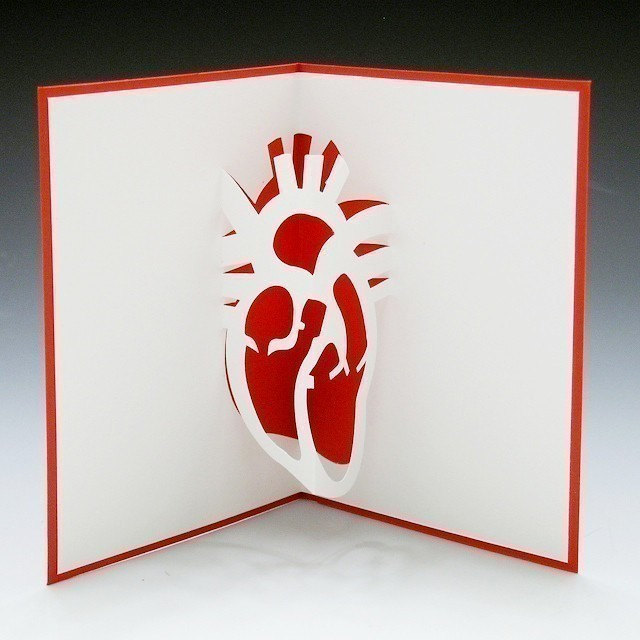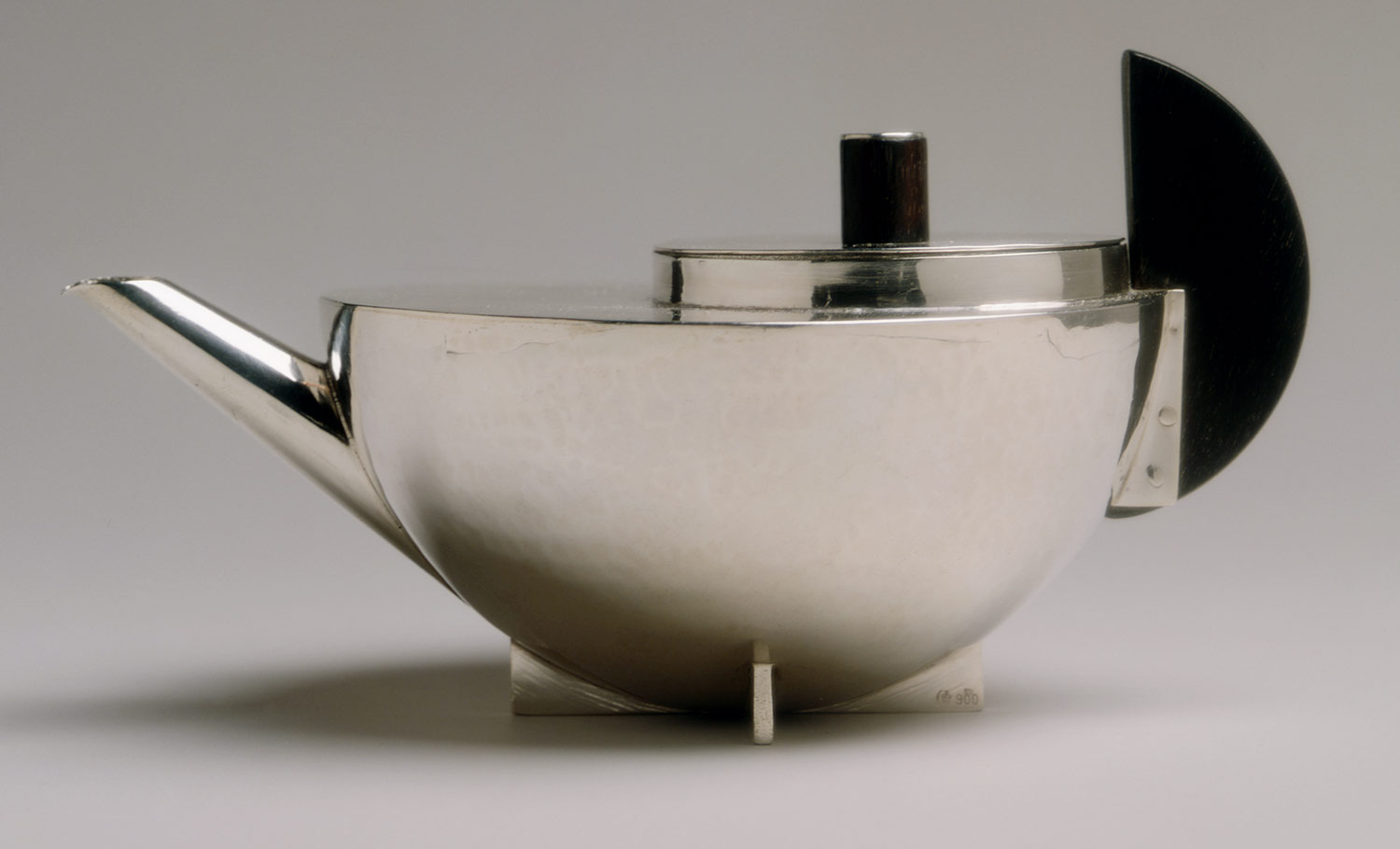
I like crows. And when I say "crows", I mean rooks, ravens, magpies - all the corvids, really. They're remarkably intelligent birds, and they always look like they're having such fun when they fly. I also love the way that every morning I can hear rooks cawing as they fly over my house. So lately I've been making crow jewellery. I've mostly been etching drawings into silver, but I've also made some earrings by piercing out some crow silhouettes. I'm actually really happy with the earrings - they've been oxidised to make sure the crows are black, and this make them stand out quite nicely, I think. The etched pieces are very much drawn in my style. I'm no great draughtsman, but I think my slightly scratchy style works pretty well etshed into silver. I'm going to do more of both, as they are quite relaxing for me when I'm getting irritated by wire melting while trying to make skeletons.




